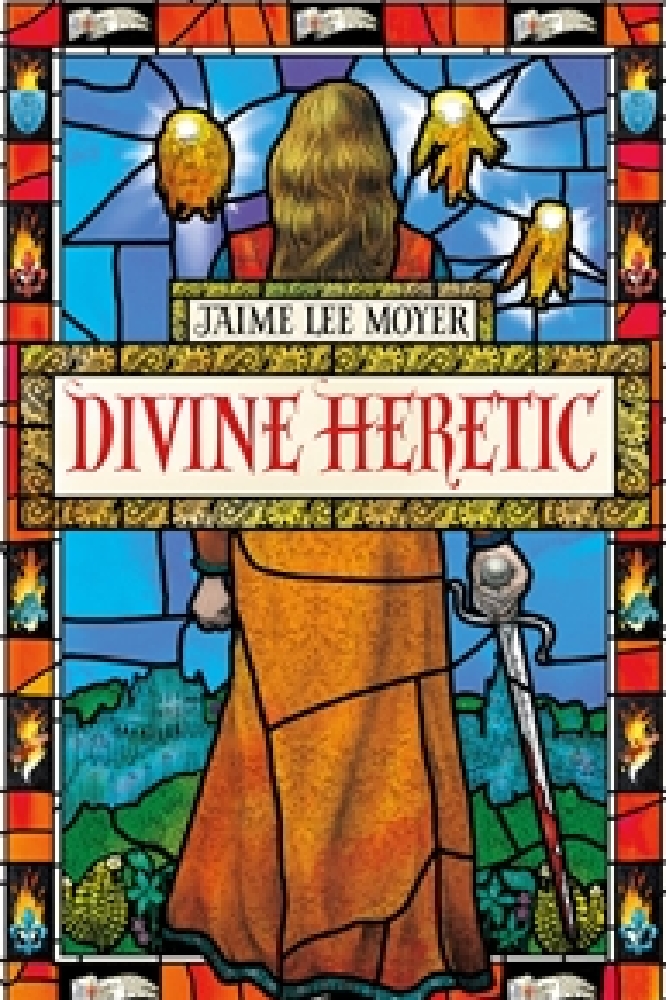I’ve written two novels now – Brightfall (2019) and Divine Heretic (2020) – that take a story everyone knows, and tells that story not only a different way, but from a different point of view. That’s not always as easy as it sounds, especially when dealing with real life historical figures.

Divine Heretic
Tip number one: Know the original story inside out.
You can’t change a story if you don’t know what that story is, or where and when it began, or the cast of characters. Research the origins of the story, including all the characters, what folklore (if any) is tied to the story, when it first appeared, and how your chosen tale has changed over the years.
Maid Marian wasn’t part of the original Robin Hood legends, and the history of Jeanne d’Arc has some important differences depending on who wrote it. After learning all I could about them, I went my own way.
Tip number two: Once you know all those things about the original story, forget most of them.
That might be the most important tip I can give you. You can’t reimagine a story if you reuse and rehash the same old story line, in the same old way, as hundreds of writers before you. Find a way to make the story yours, whether that’s reversing genders and relationships, or assigning entirely new roles to the characters. Once you start to think of the story in new ways, it’s yours.
One thing in that jumble of information always stands out for me, be it something about the character, or something about the world they live in. For Divine Heretic, it was Jeanne’s voices and where they came from, and that gave me the perfect way into her story, and the rest fell into place.
Tip number three: Decide whose story you want to tell. This could also be stated as “who do you want to be the hero?”
Most traditional stories have a traditional hero, and the older the tale, the more often the hero is a man. By traditional, I mean fairytales, legends, folktales and myths, and those also happen to be the stories that are most often reimagined. Traditional heroes seldom age, and travel though the story without any flaws or fears. Personally, I find characters without any fears or weaknesses to be a little boring and unbelievable. Even superheroes have a weakness or two.
You need to decode what flaws your characters have, how they react under pressure, and how to change your hero from the person they started as, to the person you want them to be in your version of their story.
Tip number four: Don’t make them perfect. Make them human.
Let them fall in love, stumble and fail, pick themselves up and try again. Give them victories and defeats. Heartbreak.
That’s not always an easy thing to do, but if you get there, the rest of the story falls into place.

